SPOTLIGHT
90-60-50 – can South Africa reach its hypertension targets?
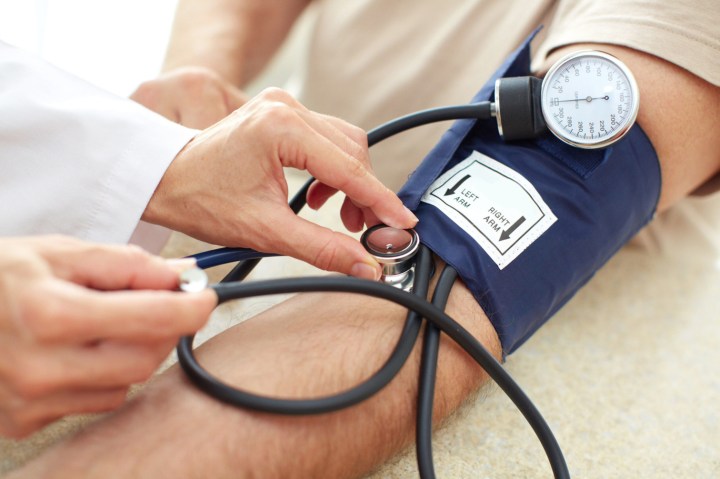
South Africa’s National Strategic Plan for NCDs sets three key targets related to hypertension that the country has to achieve to reduce its burden of the condition. Elri Voigt asks experts how South Africa is performing against these targets and where improvement is most needed.
While HIV and tuberculosis (TB) rates in South Africa are slowly declining, indications are that rates of non-communicable diseases (NCDs) like hypertension and diabetes are on the rise. One response to this shift is to bring some of the strategies used in combating HIV to NCDs.
Hypertension, commonly known as high blood pressure, has been described as a silent killer because there are often no symptoms associated with it. Hypertension is when someone’s blood pressure is consistently higher than normal, which can lead to a host of complications, including stroke, heart attack and kidney disease. Someone’s risk of developing hypertension is influenced by a number of things, including lifestyle, genetics, age and family history as well as conditions like diabetes. (Spotlight previously reported on the state of hypertension in South Africa.)
90-60-50
For much of the past decade, Unaids’s 90-90-90 targets have been central to how governments have kept track of their HIV responses. The first 90 measured the success of testing programmes, the second 90 measured the success of efforts to get people on to treatment and the third 90 provided information on how well people are doing once on treatment.
South Africa’s National Strategic Plan (NSP) for the prevention and control of NCDs (2022 to 2027) sets out similar targets for hypertension and diabetes. As with HIV, the three hypertension indicators will paint a picture of how South Africa is doing on testing, getting people onto treatment and how well people are doing once on treatment.
The hypertension targets are:
- 90% of people over 18 will know whether they have raised blood pressure;
- 60% of people with raised blood pressure will receive interventions; and
- 50% of people receiving interventions for hypertension will have controlled blood pressure levels.
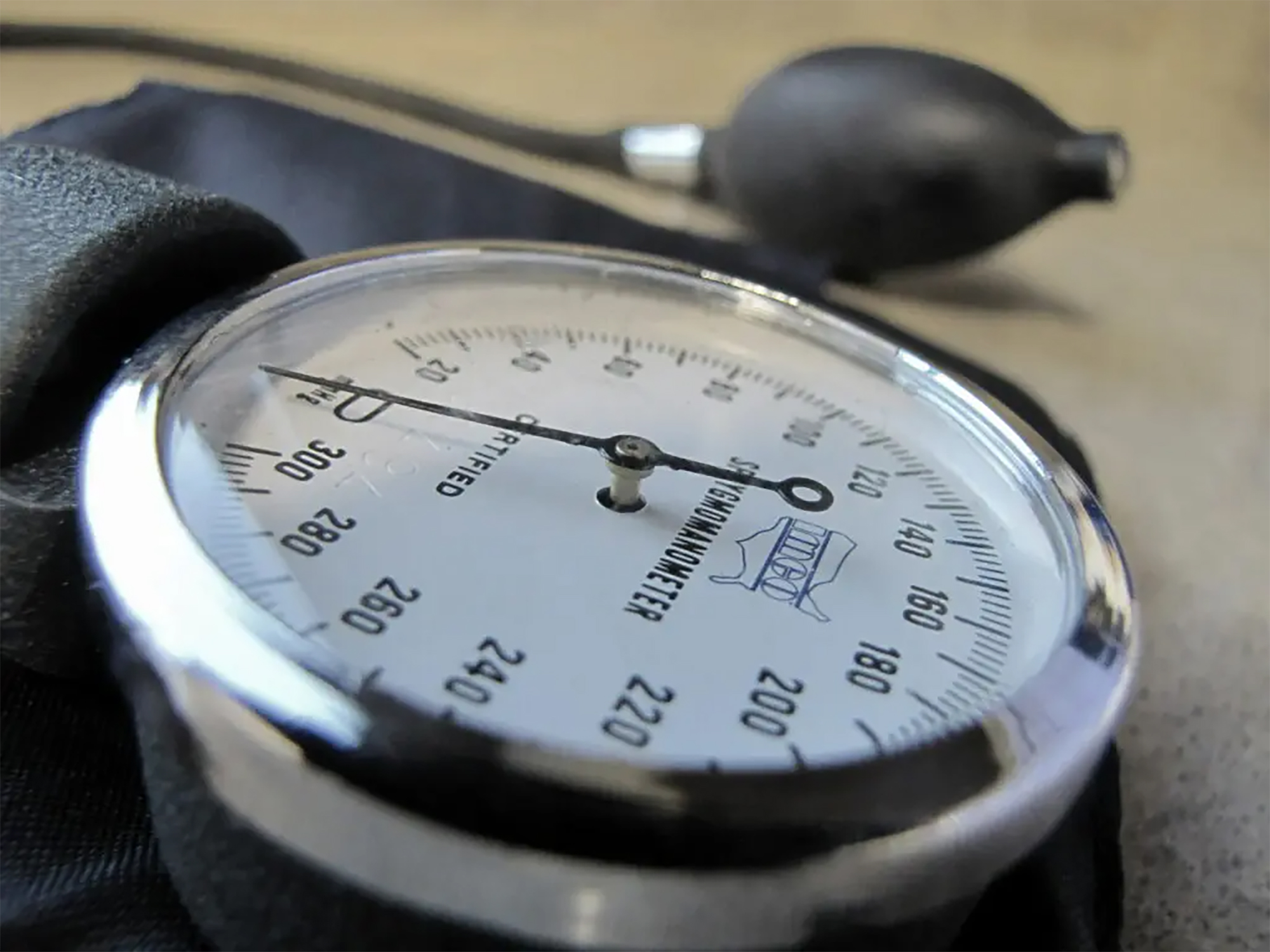
A sphygmomanometer is used to measure blood pressure. (Photo: Jasleen Kaur)
Implementation will be key
Local experts interviewed by Spotlight agree that the NSP is a step in the right direction but are clear that much more will be needed.
Professor Brian Rayner, emeritus professor in the Division of Nephrology and Hypertension at the University of Cape Town, says he finds the NSP lacking in practical details of how the targets will be achieved. “I’d love for the government to have a plan for how they can achieve this and not another document actually… they need to actually say how are we going to do this,” he says.
Professor Angela Woodiwiss of the School of Physiology at the University of the Witwatersrand and member of the board of the Southern African Hypertension Society, has similar concerns. She says the objectives and deliverables in the NSP are sound, but it is short on details when it comes to implementation.
Ways to address this, according to Woodiwiss, is to include “examples of cost-effective, practical approaches such as the establishment of cardiovascular screening centres at all district clinics where measurements of blood pressure are done; monthly screening drives at community centres over weekends to increase accessibility to those that work during the week; [and] awareness campaigns at shopping centres”. Another suggestion is for awareness and education campaigns on hypertension to be conducted on media platforms like TV and radio.
“In order to reduce the burden of disease, this target needs to be raised. I would therefore suggest 90-80-70 as the proportions,” she adds
Professor Andre Kengne, the director of NCD research at the South African Medical Research Council, who was also part of the planning committee for this version of the NSP, says the plan is only a starting point. “The plan says that these [NSP targets] are the entry point, so it’s going to be a catalyst,” he says. “That’s why we just need to start somewhere and then improve on that and again; I think that’s exactly the approach that the plan is taking. This is let’s start small but with the aim of actually progressing.”
Screening: 90% of people over 18 will know whether they have raised blood pressure
A major challenge with NCDs such as hypertension and diabetes is that we don’t have very good epidemiological data in South Africa. Experts referred Spotlight to data from two sources.
Kengne says that based on data collected by the NCD Risk Factor Collaboration, a global network of health scientists who provide data on NCDs, which he is part of, about 40% of adult men and about 42% of adult women in South Africa had hypertension in 2019. Only about 38.5% of men with hypertension were diagnosed at the time and 61.5% of women.
Woodiwiss cites data collected through “May Measure Month” (MMM) South Africa, of which she is a principal investigator. MMM is a global campaign run by the International Society of Hypertension to raise awareness. She cites data collected from screenings conducted from 2017 to 2022.
“The proportion of hypertensive adults aware that they have hypertension ranged from 42.5% to 56.7%,” she says.
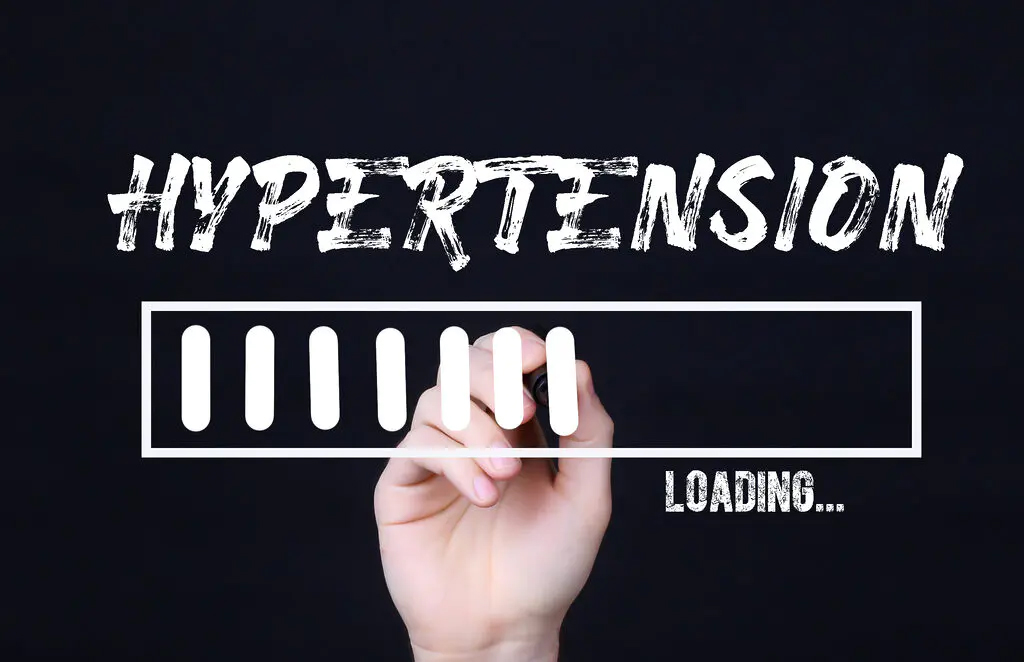
Hypertension, more commonly known as high blood pressure, has been described as a ‘silent killer’ because there are often no symptoms associated with having it. (Photo: Jernei Furman)
When looking at the South African population as a whole, Woodiwiss calculates that this means that only around 13.6 to 19.6% of all people over the age of 18 are aware of whether they have hypertension or not. “We, therefore, have a long way to go in order to achieve the target of 90% of all adults being aware of whether they have raised blood pressure or not,” she adds.
Whichever of the two data sources you look at, South Africa seems to fall well short of the 90% target.
Read more in Daily Maverick: Major SA Medical Research Council study sheds light on causes of disease and death in SA, from unsafe sex to alcohol
To improve the country’s performance on this measure, experts interviewed by Spotlight agree that there needs to be greater awareness of hypertension (including the importance of checking your blood pressure regularly) and better opportunities for screening.
“There will be no other way of actually improving the numbers without screening people,” Kengne says.
“The current screening approach is essentially hospital-based, and it’s not even yet comprehensive. Meaning only those in contact with the health system are likely, for a proportion, to get their blood pressure measured and then eventually diagnosed with hypertension,” he explains. “The first focus is really to optimise that hospital-based screening, to make sure that everything is in place to measure the blood pressure of whoever gets in contact with the health system.”
Ultimately, Kengne suggests what is needed is to implement community-based approaches to blood pressure screening. One way to do this would be to couple HIV community screening efforts with hypertension screening. As well as to empower community healthcare workers to check blood pressure when doing household visits and then refer people with elevated blood pressure to clinics if needed.
“There need to be national awareness campaigns on TV and radio. These campaigns can be used to encourage individuals to have their blood pressure measured at free screening sites such as community centres, shopping malls, and university campuses as is done as part of the May Measure Month campaign,” Woodiwiss suggests. She adds that a celebrity ambassador would be a great asset for such campaigns.
Treatment: 60% of people with raised blood pressure will receive interventions
“About 85% of those [men] who are diagnosed [with hypertension] are on treatment. And in women it’s about 86%,” Kengne says.
He adds that this is where the NSP targets are maybe not as ambitious as they could be, because when you look at the data in the context of everyone who has hypertension (not just those with diagnosed hypertension), only 33% of men and 53% of women are on treatment.

Hypertension is when someone’s blood pressure is consistently higher than normal. (Image: Ian Furst-CC BY-SA 4.0, https://commons.wikimedia.org)
In Woodiwiss’s data, the proportion of hypertensive adults who were receiving medication for hypertension ranged from 36.1% to 49.2%.
Either way, both data sources suggest that one of the biggest challenges to getting people onto treatment is actually diagnosing them in the first place. There is a question, however, whether the health system will be able to cope with the increased treatment load should diagnosis improve.
Kengne suggests that health facilities, specifically in the public sector, may not be able to cope with the increased demand. “We’re going to need to prepare the health system to cope with the high demand for hypertension care subsequent to increased screening,” he says.
He thinks task-shifting may be part of the solution. Task-shifting was critical to scaling up South Africa’s HIV treatment programme, for example, by allowing qualifying nurses to prescribe antiretroviral treatment. Similarly, more healthcare workers, including community healthcare workers, nurses and field workers, can be trained to screen for and treat hypertension.
Read more in Daily Maverick: Choices you can make now for better health in old age
Woodiwiss stresses the importance of education and awareness when it comes to treatment.
“To facilitate the participation of individuals in the management of their blood pressure, education and awareness are paramount… An important aspect is to empower individuals to be part of the management of their blood pressure; to reinforce that hypertension is a chronic problem that requires daily management; and to dispel any notions of stigmatisation due to having high blood pressure,” she says.
Another important practical step would be to reduce the pill burden on hypertension patients in the public sector, according to Rayner. While medication is relatively cheap in this sector, there has not been a move towards combining multiple blood pressure drugs into a single pill, which would make patient adherence easier.
He adds that the process of prescribing blood pressure medication in the private sector needs to be simplified. In line with the idea of task-shifting, Rayner suggests allowing nurses to prescribe medication for straightforward hypertension cases in the public sector as a cost-effective way of treating hypertension.
Control: 50% of people receiving interventions are controlled
About 43% of men in South Africa with hypertension and who are on treatment have controlled blood pressure compared with 54.6% of women, according to Kengne. “Now, taken as a proportion of all those with hypertension, I mean our target of 50% controlled will narrow down to about 27% of all people with hypertension [being controlled],” he says. “Using that as the estimate among men, currently only 14% of all those with hypertension are controlled and among women, 29% are controlled.”
Data from Woodiwiss suggested that “the proportion of treated individuals with controlled blood pressure ranges from 49.6% to 57.5%”.
In this, then, the country isn’t too far off the 50% target.
But Kengne stresses that blood pressure control is not straightforward. “Diagnosing is not that difficult. Starting treatment is not difficult, but actually treating to target is a challenge and a number of factors can come into play. Some factors [are] linked to people with hypertension [and] some linked to healthcare providers and the health system.”
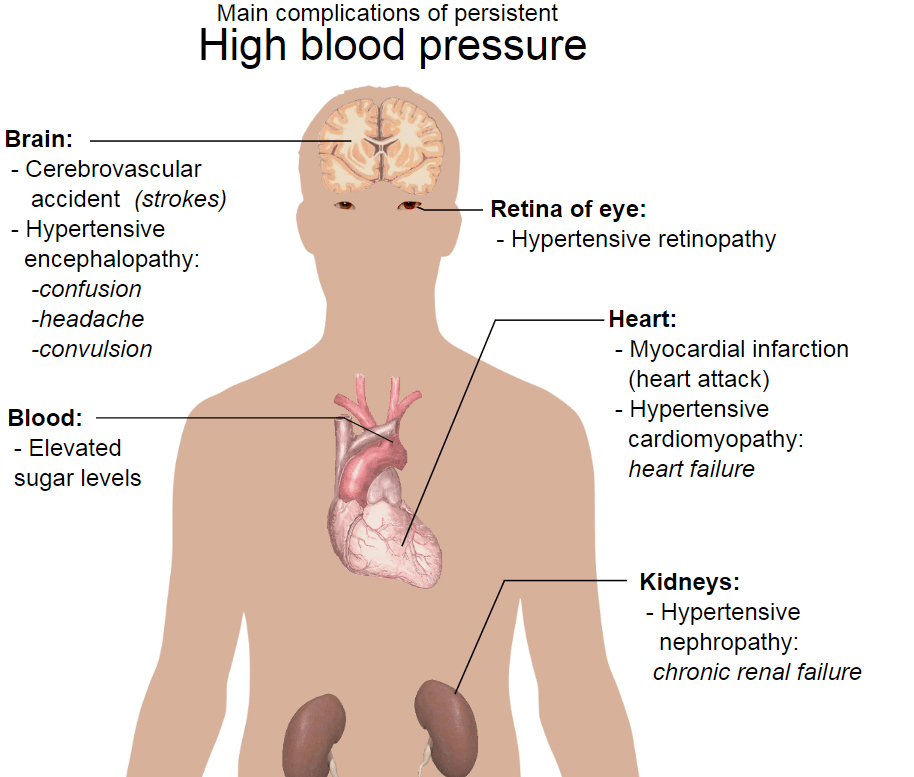
Main complications of persistent high blood pressure. (Image: Mikael Häggström-CC0, https://commons.wikimedia.org)
For patients, adhering to treatment can be difficult. He suggests using mobile technology, like text messages, to remind patients to take their medication. As well as reducing the pill burden by investing in combination medications.
From the healthcare provider side, Kengne says patients need to be monitored so that changes to the treatment plan can be made if needed so that the patient can achieve blood pressure control.
“Improving the proportion of treated individuals who have controlled blood pressure requires ongoing monitoring and regular blood pressure checks. As the vast majority of South Africans cannot afford home blood pressure monitors, easy access to blood pressure checks at community clinics, pharmacies, etc should be provided countrywide,” Woodiwiss says. “It would be ideal if companies could all have corporate wellness days for employees.” DM/MC
This article was published by Spotlight – health journalism in the public interest.









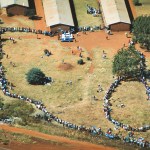











 Become an Insider
Become an Insider
Comments - Please login in order to comment.